Apple WWDC vs Google I/O 2016: The winners and losers
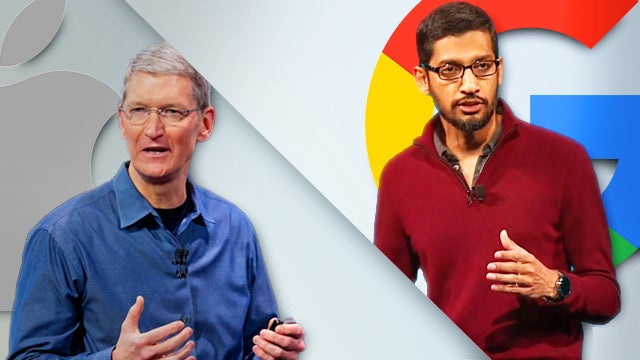
OPINION: With another year of WWDC and Google I/O conferences in the books, it’s time to declare the victors in the perennial battle between tech’s big two. Chris Smith sat through the best and worst of both software showcases.
Mobile OS – iOS 10 vs Android N
iOS 10
The respective mobile operating system updates always take centre stage, but prior to each keynote it appeared that both Apple and Google were seemingly running out of scope for big improvements without reinventing the wheel.
Apple brought 10 new headline features to the dance within iOS 10, but as my colleagues James and Max point out, only around half of them actually really matter. The redesigned lock screen comes with richer notifications, expanded 3D Touch capabilities, and quicker interaction with apps – all big leaps forward. Opening Siri up to third-party apps such as Uber and WhatsApp, too, may finally make the voice-assistant an essential tool.
However, there’s a little too much “me too” about everything else. The Messages app is now a Snapchat and Facebook Messenger inspired monstrosity. I’m disgusted with Apple for resorting to this gimmicky rubbish.
The new Apple Maps, meanwhile, borrows heavily from Google Maps. The new Photos app returns features from the defunct iPhoto app for Mac, while also borrowing from Google Photos and Flickr. A new lick of paint for Apple Music, plus larger emojis isn’t cutting it for me either.
This year, there appeared to be a far greater number of instances of Apple announcing “new” features that have existed within other apps and operating systems, treating them like a big deal – which is not a good sign.
RELATED: The iOS 10 features you should care about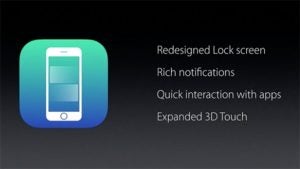
Android N
Google arguably made a larger leap with Android N thanks to the unveiling of the Daydream VR platform, which promises to take the hugely important Cardboard platform to new heights. Vulkan support should aid that quest. Android N will also bring the Google Assistant into play, which is like Google Now on steroids and speed. Imagine pointing your camera lens at something and asking Google: “What is this?” Oh, and getting an accurate response. Amazing.
The rest of the changes are more subtle, but multi-screen support on Android is welcome. Picture-in-picture – another Galaxy Note-inspired feature – also arrived. While MacOS Sierra users will get it in Safari, there’s no such luck for iOS users. Video-calling and messaging apps Allo and Duo also look like they’ll round out Android N quite nicely.
WATCH: Android N hands-on
WINNER – Android N
If for nothing other than that horrific, pandering-to-the-lowest-common-denominator copycat iOS 10 Messages app, Android gets the nod.

Smartwatches – Apple watchOS 3.0 vs Android Wear 2.0
Apple watchOS 3.0
Arguably, watchOS was Apple’s most impressive launch announcement of the day. As a self-professed yogi, I love the Breathe app, which offers up a collection of breathing and relaxation exercises based on your heart rate. It may sound a little ridiculous, but there are so many times I wish I could bring more yoga breathing into my daily life.
The new Dock finally makes it easier to access your favourite apps, while the Control Center brings one of iOS’s best features to the Watch. Everything is faster and accessible in fewer taps. Features such as Scribble, which enables handwritten replies to notifications, are simple, but are better suited to the wrist.
The improvements really bring the Apple Watch into its own. Yes, it’s arguable that these features should have arrived sooner, but that’s just the Apple way. Personally, I’m closer to taking the plunge than I have been at any point in the past 15 months.
Android Wear 2.0
Google’s rather forgotten wearable platform received some much-needed improvements at I/O. However, standalone apps already arrived with watchOS 2 and, while there’s also better support for iOS and more ways to reply to messages, did we really need a tiny keyboard added to the mix?
Winner – Apple Watch 3.0
If only Apple had launched this version of the software to begin. Whether it will be enough to bring aboard naysayers who’ve been unimpressed until now remains to be seen, but Android Wear continues to verge towards irrelevance.
RELATED: Apple watchOS: 5 features that make the Apple Watch worth using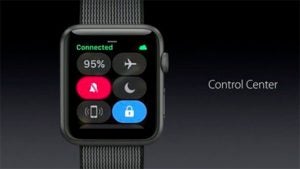
Smart Home – Apple Home vs Google Home
Apple Home app
Having a core Home app within iOS 10, from which all compatible connected products can be commanded, might finally help everyday iPhone users realise HomeKit is actually a thing.
Considering the IoT platform is now two years old, and it’s receiving support from a greater number of accessory makers, a proper way to control it is long overdue. Integration within the Control Center suggests Apple is serious this time round, and that with this the company is again opening up Siri to third-party developers. In other words, we could be voice-commanding our compatible smart lights, locks and thermostats in no time.
Google Home
Perhaps the star of this year’s I/O, the Google Home device looks like the smart home hub we’ve all been waiting for – and it’s all thanks to the amazing new Google Assistant. The rival to Siri and Amazon Alexa promises to offer a huge leap due to its ability to understand contextual, conversational requests, the power of Google Search and the ability to integrate with all of our existing Google services. There are few devices this year for which I have higher expectations.
Winner – Google Home
A really strong showing from both companies in the smart home category this year, but Google edges it thanks to what promises to be a true game-changer with Assistant and the Google Home speaker.
RELATED: Why Google Home will kick Siri and Alexa to the curb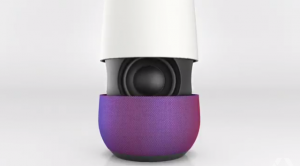
Desktop OS – Chrome OS vs MacOS
MacOS
Apple finally dropped the OS X naming convention to offer synergy across its brands. Our OCD certainly feels more comfortable with the neatness. But there’s a lot more on offer here.
Apple Pay has hit the web and authentication through Touch ID on a nearby iOS device is a lovely addition. Picture-in-picture video in Safari would have made it far easier, for example, to watch that keynote and work at the same time. I’ll use this no end, although probably for watching sport when I should be working.
I’m also excited about the Universal Clipboard feature, which will make it easy to copy something on my phone and paste it on my Mac. Hooray, no more emailing stuff to myself! Of course, Siri has finally made it to the Mac too, but I can’t help but think that I’ll spend more time hitting that accidentally than on purpose.
RELATED: All you need to know about Apple Pay in the UK
Chrome OS
The operating system for Google Chromebooks took a backseat at I/O 2016, with Google relegating news to day two. However, that doesn’t mean there wasn’t a hugely newsworthy announcement.
The arrival of the Play Store and Android apps is probably the best reason to buy a Chromebook yet. The ability to run all Android apps with full touchscreen, mouse and keyboard integration is huge. Chromebooks are now outselling Macs, and this is likely to make that gap grow ever more wider. Is Google looking at a Microsoft-esque merging of the two platforms?
Winner – MacOS
While Android apps on Chromebooks are a big plus, it just feels like Apple had much more to offer this year than the recent incremental OS X updates. What’s in a name? In the case of MacOS, quite a lot actually.
RELATED: 7 best macOS Sierra features Apple unveiled at WWDC
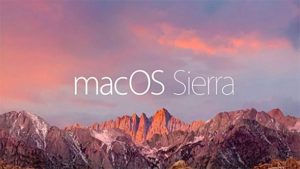
Overall show – Apple WWDC vs Google I/O 2016
WWDC has felt like an old show trying to make itself look and feel young again. The format and setting seem tired and uninspiring. While the attempts to diversify speakers have helped, it’s still overwhelmingly dominated by grey-haired white men telling Dad jokes. While it may not have landed among a prudish audience, WWDC could do with a few more younger folks from varied backgrounds attempting to rap with the audience.
Contrarily, Google I/O 2016 felt fresh, young and cool. The outdoor, open-air stadium setting and the great use of multiple big screens made it feel like a super-hip electronic music festival rather than yet another tech keynote.
In a year when Apple and Google both impressed and disappointed in various ways, Google’s excellent presentation breaks the tie.
Final Score – Apple WWDC 2; Google I/O 3
Winner – Google I/O
WATCH: Google I/O 2016 highlights
Do you agree with Chris’ scoreline? Share your thoughts in the comments section below.


